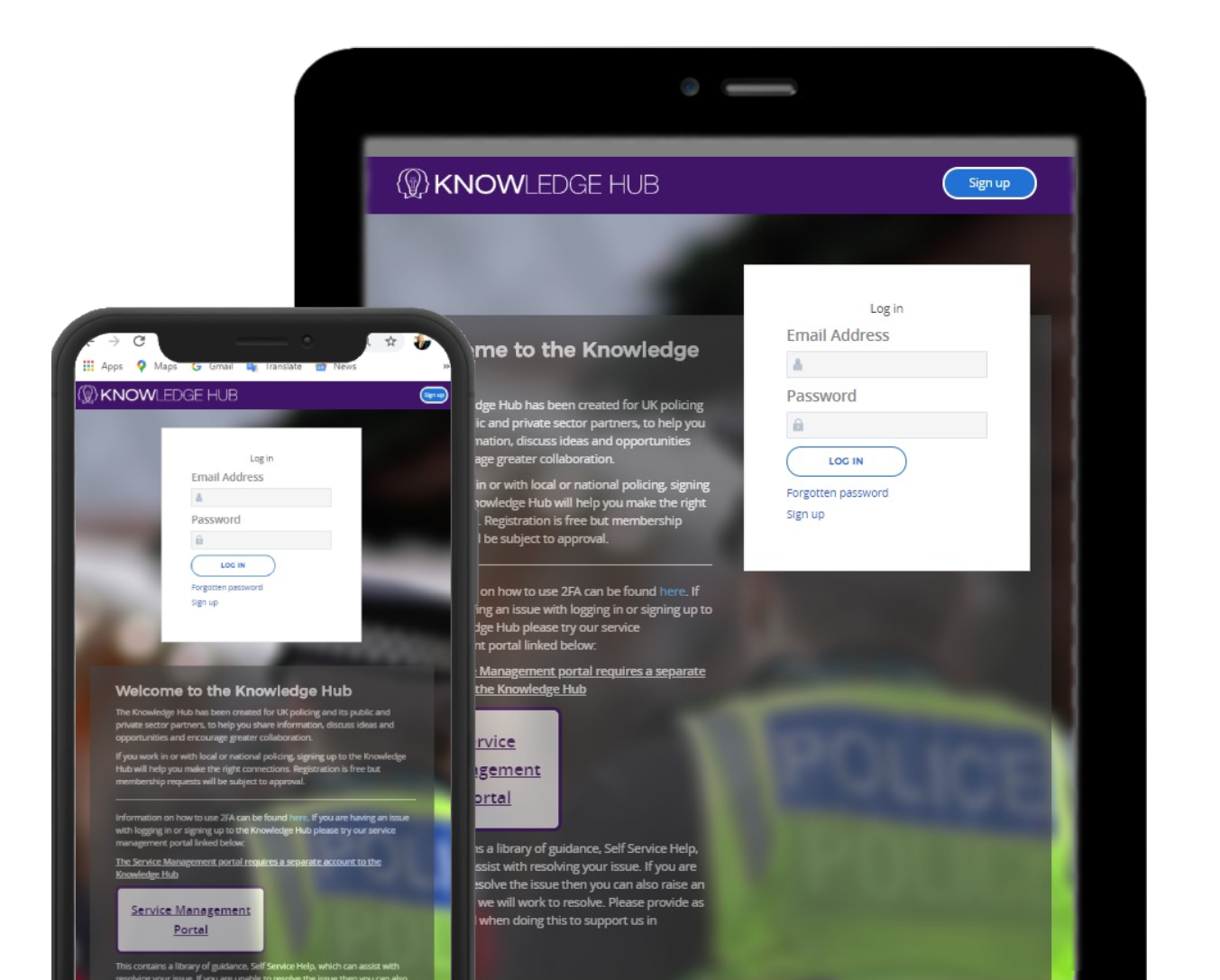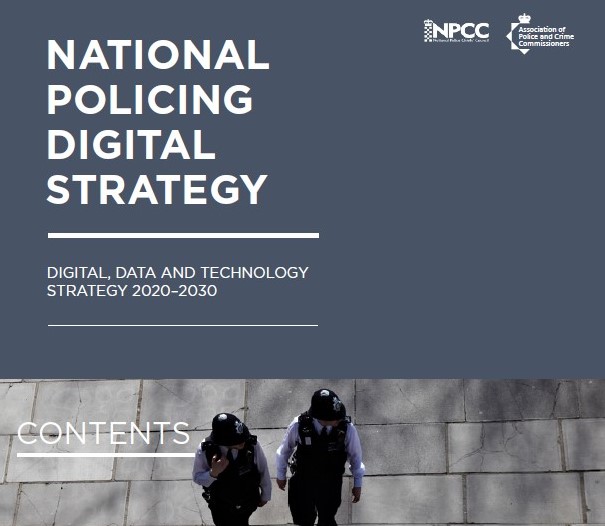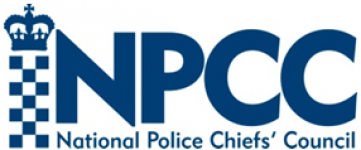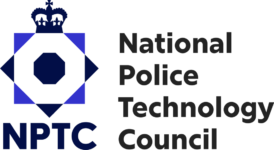LATEST UPDATES
National Policing Digital Strategy
Knowledge Hub
Created and managed by the Police Digital Service, the Knowledge Hub is a secure and mobile web-based platform that enables police forces and other public-sector organisations to share information, discuss ideas and work more collaboratively.
If you work in local or national policing, sign up for free and start using the Knowledge Hub today.

Our Latest Update:

Press release – Police Digital Service and West Yorkshire Police pilot new process to safeguard victims
PDS worked closely with West Yorkshire Police and their delivery partner Tisski, a Node4 company, to develop a new Domestic Violence Protection Notice (DVPN) process, providing immediate support for victims.












